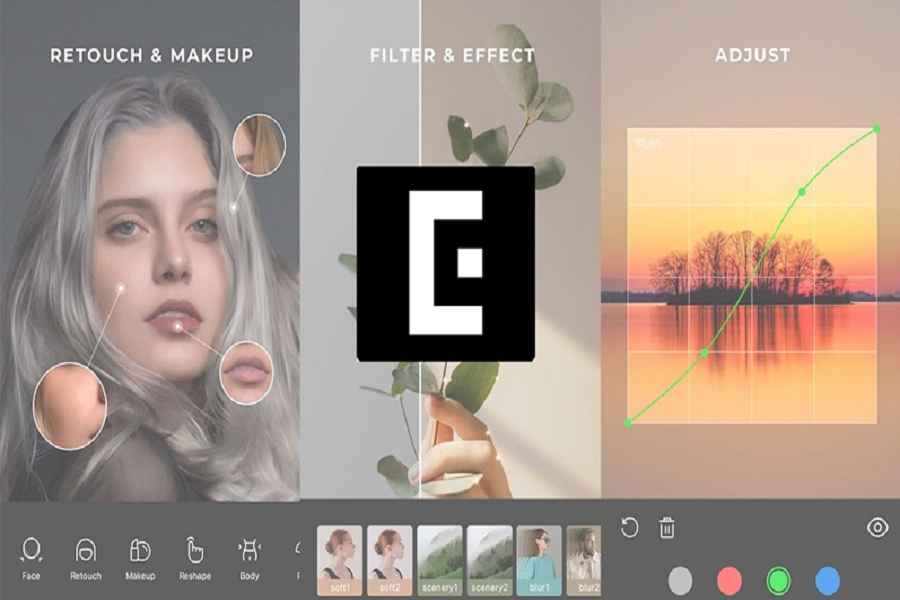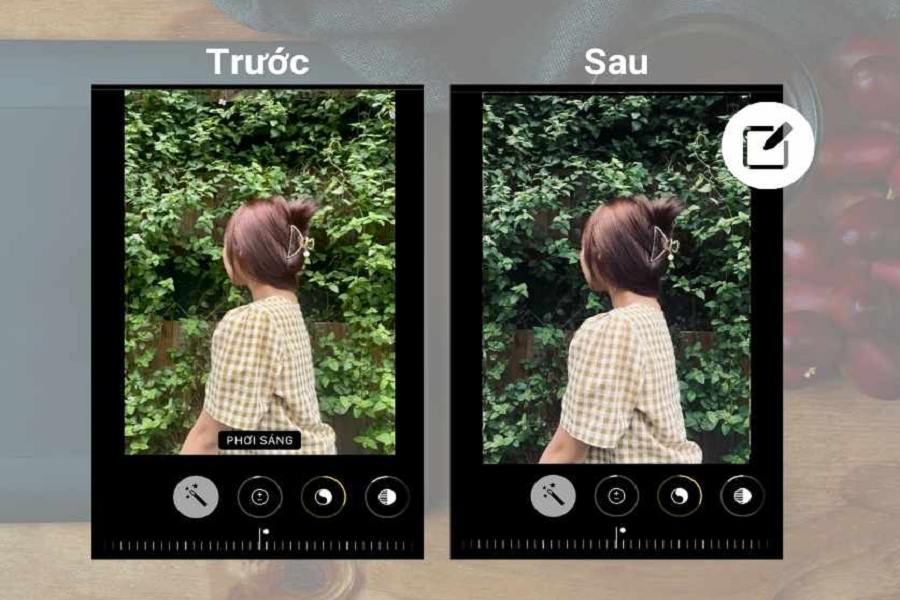The Apple Photo Editing App, available across various Apple devices such as the iPhone, iPad, and Mac, presents a user-friendly platform for both novice and experienced photographers. To access the app, simply locate the Photos icon on your device’s home screen or desktop. Clicking on the icon will immerse you in a visually appealing interface where your photos are displayed in a chronological gallery format.
Getting Started with the Apple Photo Editing App
Upon entering the app, users are greeted by the ‘Photos’ tab, which serves as the hub for viewing and selecting images for editing. The user interface is intuitively designed, enabling seamless navigation. At the bottom of the screen, tabs such as ‘For You’, ‘Albums’, and ‘Search’ assist users in organizing their photos. The ‘Edit’ button allows easy access to various editing tools and features. These tools include options for cropping, rotating, adjusting brightness, contrast, and saturation, along with a selection of filters to enhance the visual appeal of images.
For effective photo organization, users can create personalized albums or utilize the automatic organization feature that categorizes images based on dates, locations, or events. Utilizing the ‘Favorites’ option enables quick access to frequently edited photos. Furthermore, the app provides an easy way to manage photos by allowing users to delete, duplicate, or share images directly from the editing screen. Understanding the essential navigation tools, such as the ‘Adjust’ menu and the selection of editing options, is critical for maximizing your editing potential.
In this comprehensive guide to the Apple photo editing app , users will find that mastering these fundamental elements equips them not only for effective photo editing but also for enhancing their overall photography experience on different Apple devices.
Essential Editing Tools and Techniques
The Apple Photo Editing App offers a robust suite of editing tools designed to enhance your photography experience. At the forefront of these tools is the cropping feature, which allows users to frame their subjects better. Cropping can eliminate distractions or adjust composition, emphasizing crucial elements within the photo. Photographers are encouraged to utilize the aspect ratio options to maintain balance and harmony in their images.
Next, exposure adjustment is a fundamental component of photo editing. The app provides sliders to modify brightness and contrast levels, ensuring that images are neither too dark nor overly washed out. It is essential to assess the lighting conditions under which the photograph was taken; thus, applying subtle adjustments can dramatically improve the overall visibility and professionalism of the photo.
Color enhancement tools further refine images. The app allows users to saturate or desaturate specific color ranges, adjusting skin tones or backgrounds to inspire deeper emotional engagement with the viewer. Utilizing the vibrance slider can also enhance colors without affecting skin tones, thereby creating a more natural look.

Filters are another enriching element of the Apple Photo Editing App. With various artistic filter options, users can impart unique styles to their photographs. It is advantageous to experiment with different filters, selecting those that complement the image’s mood and aesthetic. However, users should exercise caution to avoid over-filtering, which can lead to a loss of authenticity.
Finally, retouching tools offer essential capabilities for blemish removal and general image correction. Users can employ these tools judiciously to achieve a polished, refined finish. It is vital to practice restraint and maintain the subject’s natural look while enhancing the visual appeal. Through practice and exploration of these techniques, users can transform ordinary images into visually stunning works of art.
Related Articles: Cpu for photo editing
Advanced Features and Sharing Options
The Apple Photo Editing App offers a suite of advanced features designed to enhance the user experience and improve photo quality significantly. One of the stand-out functionalities is portrait editing, which allows for fine-tuning of depth effects, skin smoothing, and lighting adjustments to create professional-looking portraits. Users can manipulate the focus, giving an artistic touch to their subjects by creating a distinct separation from the background.
Another valuable feature is selective adjustments, which let users modify specific areas of an image without affecting the entire picture. This enables fine-tuning of brightness, contrast, or color saturation in targeted areas, ultimately enhancing the visual appeal of the photograph. Advanced filters are also available to apply stylish looks to images, with a variety of options to match different themes or moods. These filters can be adjusted for intensity, providing users with control over the end result.
Moreover, the app’s compatibility with third-party extensions expands its capabilities. Users can access additional tools and resources to further refine their images, enhancing their creative options and providing an expansive editing toolbox at their fingertips. Integration with other Apple services, such as iCloud Photo Library, ensures that edits are seamlessly synced across devices, facilitating efficient editing workflows.
When it comes to sharing edited photos, the Apple Photo Editing App offers a range of export options. Users can save images directly to their device, upload them to cloud storage solutions like iCloud, or share them instantly on various social media platforms. The app provides optimized formats for each respective platform, ensuring images maintain the highest quality during sharing. Additionally, attention to privacy settings during sharing is crucial; users are encouraged to review the settings to safeguard their images according to personal preferences.

